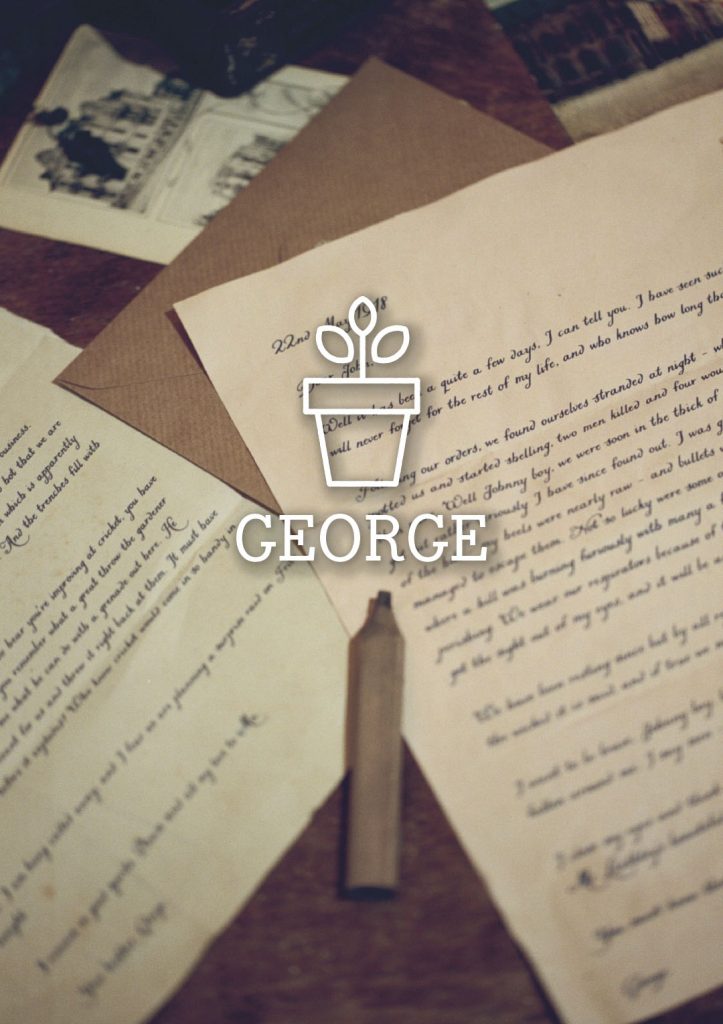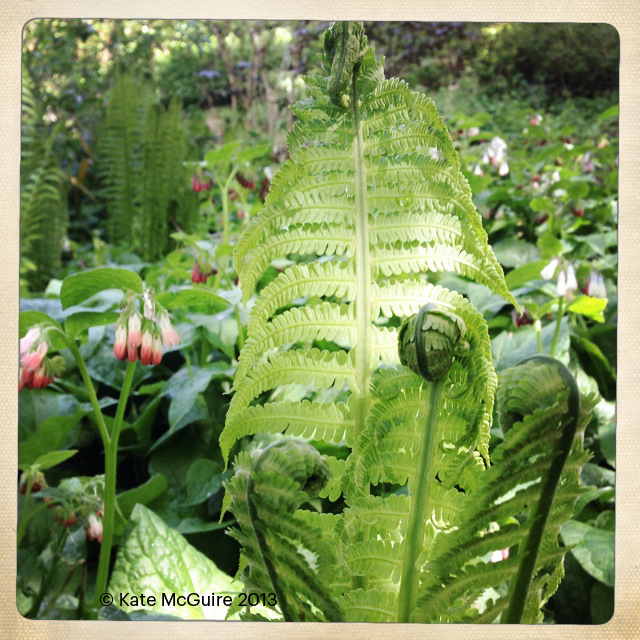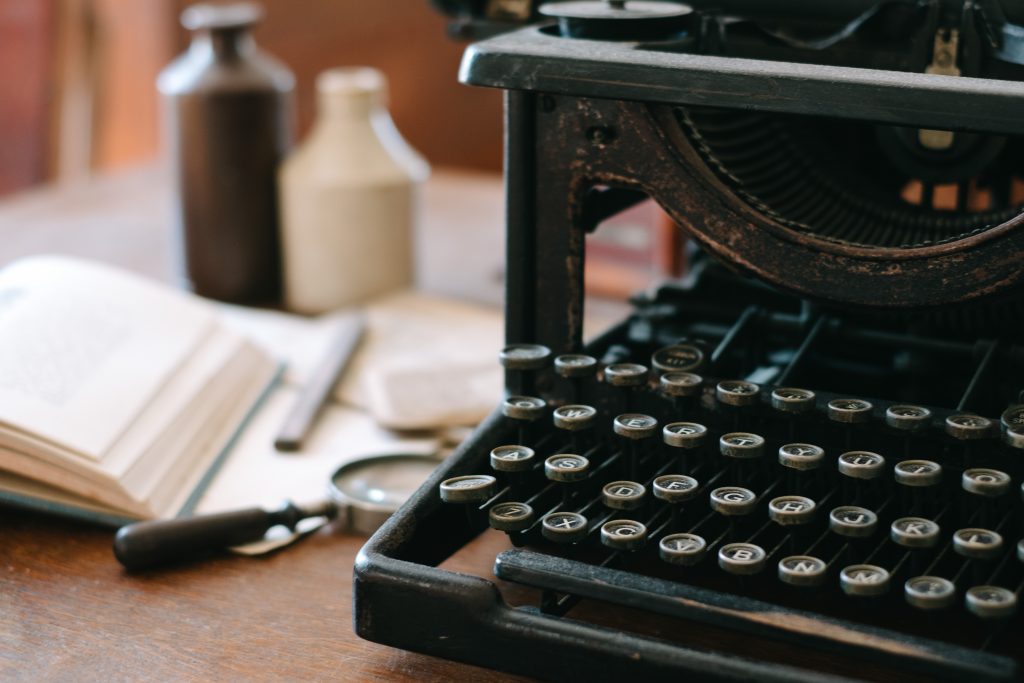 ‘Seeds of Hope’ sound designers Buffalo give us an insight into their approach to this special project
‘Seeds of Hope’ sound designers Buffalo give us an insight into their approach to this special project
We were delighted to be asked to collaborate with Lord Whitney again, having previously worked with them on The Wood Beneath The World at Leeds Town Hall. The themes of self-sufficiency, resilience, healing and hope really appealed to us.
We knew that getting the tone of the piece right was crucial. We wanted to convey the solemn context and to encourage reflection, but we were also keenly aware to avoid sentimentality. The project needed to communicate gratitude and optimism at its core.
We were given access to the Lord Whitney research, which meant that we could immerse ourselves in the stories of the time, some specific to Harewood and the surrounding area, some not. We discussed the intended narrative and had a chance to look through some of writer David Allison’s work to get a sense of where the characters would fit in and how much of the sound needed to link to them and convey their stories.
It quickly became clear to us that the project required natural, acoustic sounds as it was focused so firmly on the regenerative powers of the natural world – the gardens as a provider and place of healing. We decided early on that the two rooms of The Bothy should be treated differently to the outside spaces. Inside, we looked at manipulating ‘found’ sounds. We determined that the music didn’t need to ‘tell a story’, as John the Bothy Boy’s journal would do this. Instead, we created an abstract, ambient soundscape that would give visitors a sense of time being fluid, that your senses had been disrupted and you are hearing echoes of the past in the present.
We wanted to convey a sense of the slow, almost imperceptible growth of plants over time and have this interlink with repetitive sounds of human activity across the years. You’ll hear the drag of garden tools on stone, the knock of crock pots, what could be the gentle unfurling of leaves and the creak of expanding wood. In the Head Gardener’s office you hear the echo of footsteps and are introduced to the beautiful ‘The World Is Waiting for The Sunrise’ (music by Ernest Seitz, lyrics by Gene Lockhart) in the form of a distant tuneful whistle.
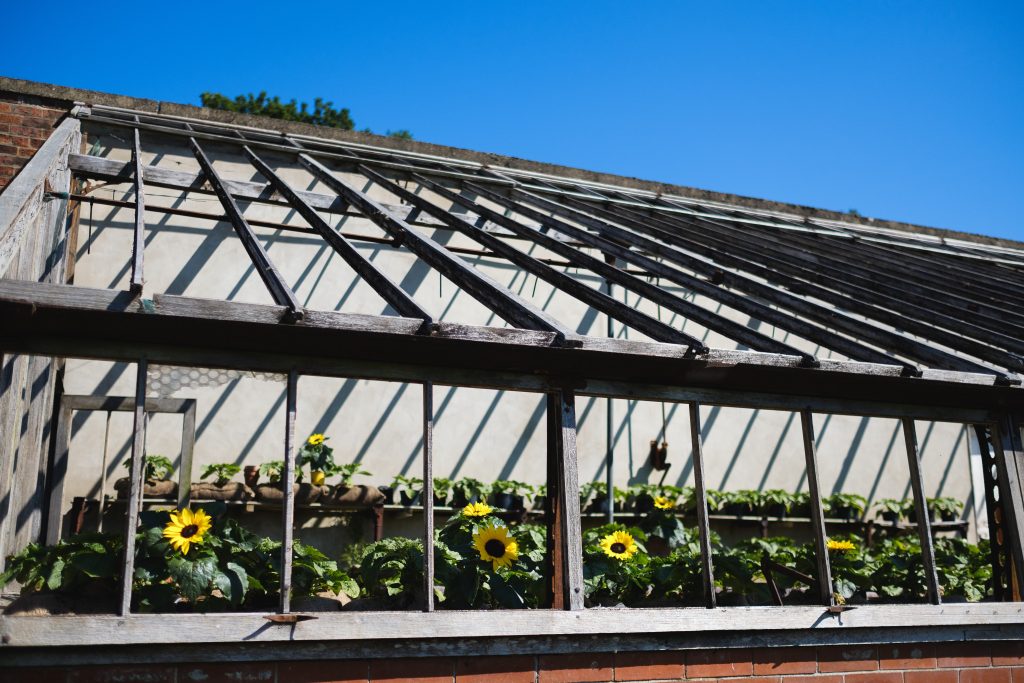
In the Walled Garden you come to the poignant Seeds of Hope sunflower installation in the Glasshouses, representing the 1,269 soldiers who were cared for at Harewood House when it was an auxiliary hospital. We introduced melody and instrumental sounds, attempting to convey the dignity, healing and hope that we felt the sunflowers represent. We used the cello to introduce parts of the melody from ‘The World Is Waiting For The Sunrise’ and, drawing on our research again, this time from a piece in the Harewood Parish magazine, which notes how the soldiers would enjoy watching the sunflowers turn, we recorded cello tuning keys, which creak as they tighten the strings, to represent this poignant image. You also hear a series of overlapping, high-pitched tones that feature in all the pieces but are most prominent here.
The First World War was the first truly industrial war and little thought had been given to the effect of new technologies on the human ear drum. As a result, many soldiers suffered at least some degree of immediate hearing loss. This led to sergeants using high pitched whistles as a method of communicating with their charges as this was the only sound that they could all hear. The whistling tones that you’ll hear are intended to call back to the soldiers’ time on the front line and to recognise that, beyond the injuries obvious to the eye, they suffered a multitude of less obvious physical and mental injuries that would often stay with them long after their recuperation.
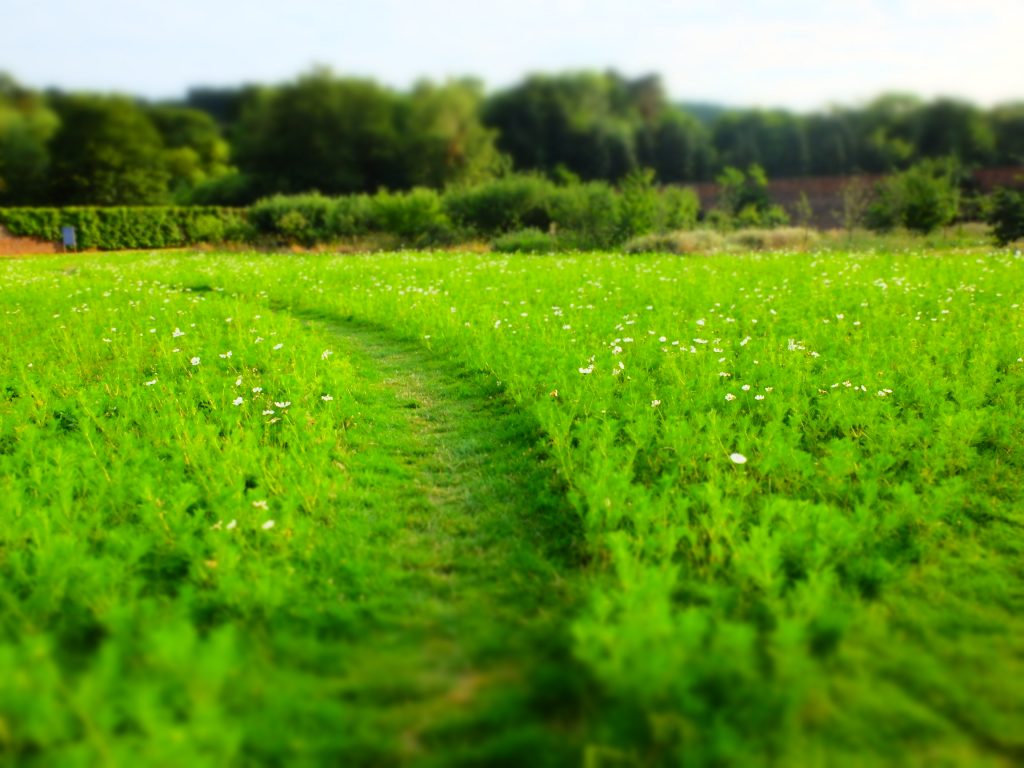
After tracing the paths through the Peace Meadow you come to the Orchard, where our final piece ties together the three pieces. Again you hear the cello, this time backed by repeated, metronomic piano chords, as it moves from abstraction to the slow, poignant and now complete melody of ‘The World Is Waiting For The Sunrise’, albeit with an altered time signature, intended to convey a sense of solemn reflection and finally cautious, peaceful optimism.
Listen to the tracks
Find out more about Buffalo
